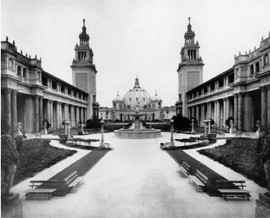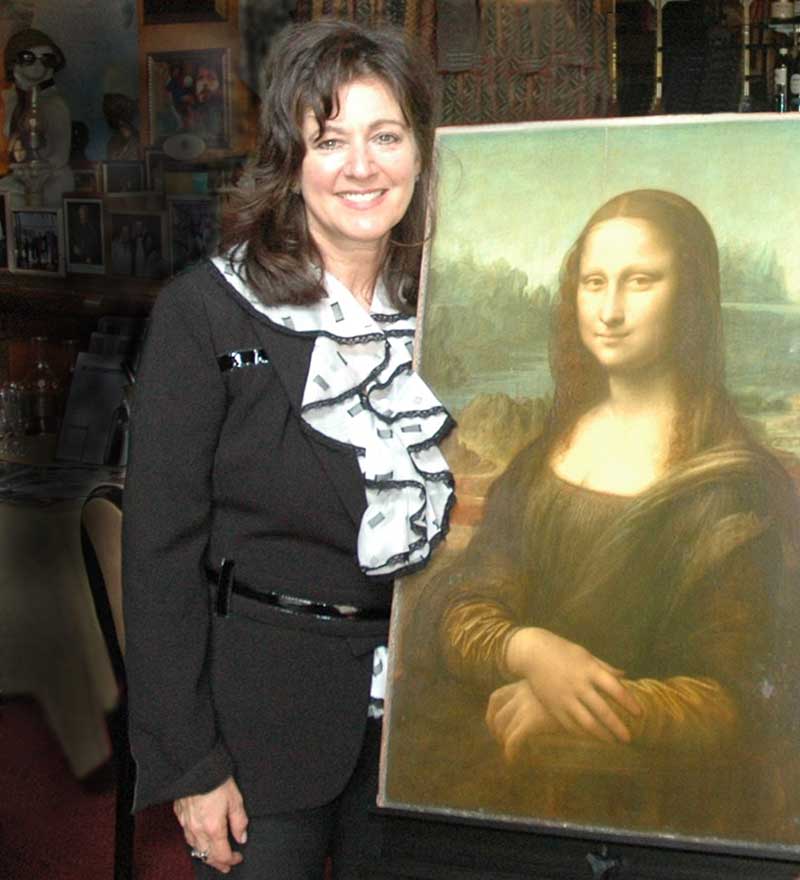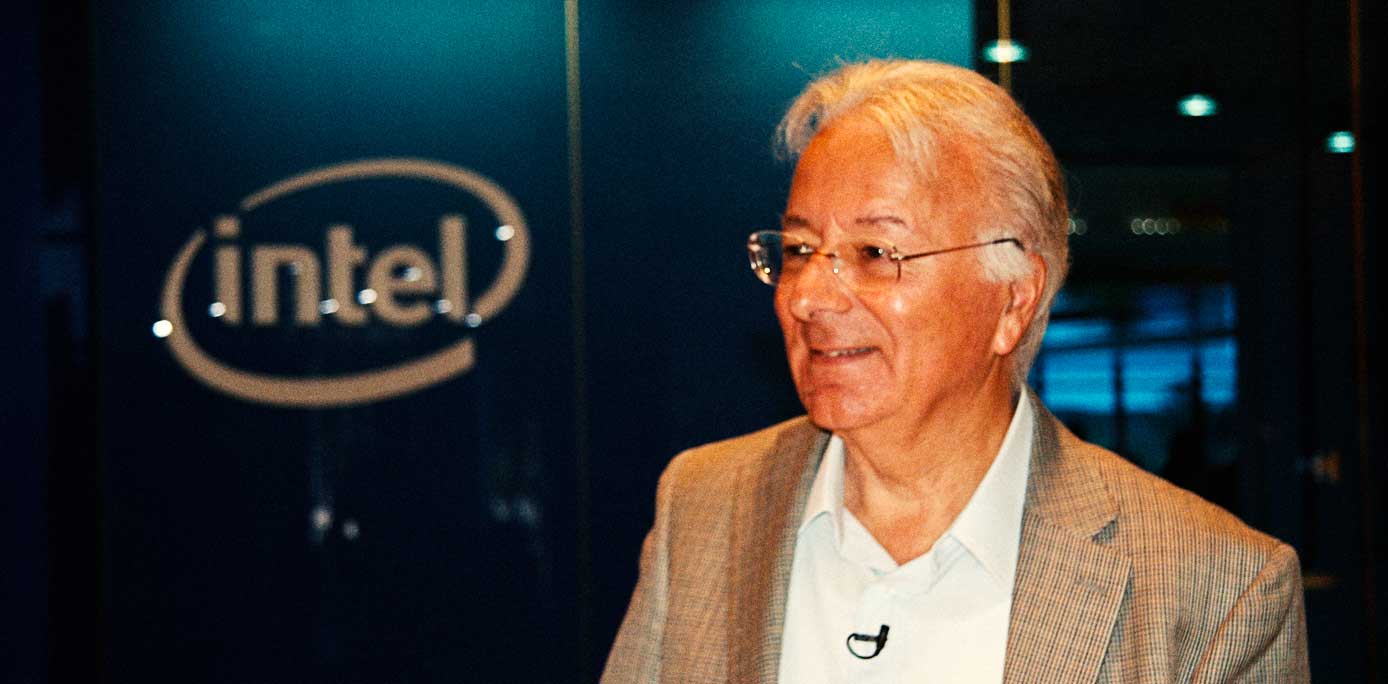2015 marks the 100th anniversary of the Panama Pacific International Exposition (PPIE).
The PPIE opened on February 20, 1915 and continued to amaze visitors for over nine remarkable months until it closed on December 4, 1915. This spectacular exhibition was located on numerous acres of land in San Francisco’s Marina District. I know this firsthand because it was the place my father visited on his first day in San Francisco having travelled from Lucca at the age of 16. Many of us know of the only remaining (onsite) structure from the Exposition quite well. That structure is the Palace of Fine Arts located at 3301 Lyon Street.
The 1915 San Francisco Panama Pacific International Exposition was an international fair held to celebrate the opening of the Panama Canal. Planning began in 1904 and continued through San Francisco’s recovery from the 1906 earthquake and fire, so, for the city, the Exposition was also seen as an opportunity to demonstrate the city’s recovery from the 1906 disaster. When the festival closed in December 1915, it had attracted almost nineteen million visitors, 250,000 of those on the first few days.

The official exposition “view book” describes the fair as: “A festival of all the nations commemorating a world’s event: The completion of the Panama Canal setting forth the world’s progress in art, music, poetry, religion, philosophy, science, history, education, agriculture, mineralogy, mechanism, commerce and transportation.”
Many countries were represented at this massive exhibition and one of those exhibits was that of Italy. Historic accounts of the time describe the Italian galleries in great detail and in particular the works of Ettore Tito and of Antonio Mancini. Their art is said to have stood out among the painters in the Italian collection. In Gallery 21, Tito’s work could be found in a group of five paintings and the landscapes, of which there were quite a few, were said to be all typically Italian in their color and “of a certain sweetness.”
Gallery 22 was described as dominated by three portraits by Mancini, “of unusual cleverness and very fine psychological characterization.” On the opposite wall, Arturo Noci had a very striking interior work. The east gallery, Gallery 23, was almost entirely given over to sculpture, with one exception which was a painting, “The Arch of Septimius Severus,” by Luigi Bazzani. Gallery 24 housed two portraits by Enrico Lionne. Near the door on the opposite wall, Vincenzo Yrolli presented a street musician and his audience on a canvas described as “riotous with good color.”
Drawing by Ettore Tito of Verdi’s opera “Falstaff” – 1893
Gallery 25 was the last of the Italian galleries. On its west wall was the work of a whole family of artists: Guglielmo Ciardi, the father; Beppe, the son; and Emma, the daughter. It was said the family’s work was “excellent in every way.” In addition, Gallery 25 exhibited a number of landscapes from Ciardi, Guido Marussig’s “Walled City”, Italico Brass’ “Pontoon Bridge”, and Ferruccio Scattola’s, “Venice”. Upon leaving the Italian section, Guido Mentessi’s large, imaginative architectural study was much admired and was said to “crystallize the visitor’s opinion of the general excellence of Italy’s contribution to the exhibition.”
The Italian buildings were considered a dignified example of pure Florentine Renaissance lines, with an occasional modern note. They were designed as a group of buildings, representing part of a small town with some of the finest bits of Italian Renaissance architecture. Art experts considered the architects of these structures as successful in conveying the feeling of antiquity and stated, “There is a most impressive noble dignity in the hall of the main building, where mural decorations of figural character add much to the sumptuousness of the general effect.”
The whole of the PPIE was intended to be temporary. The buildings were made of wood, plaster, and burlap to make them easy to demolish. The only part of the Exposition to survive was the Palace of Fine Arts which was rebuilt in the 1960s from more permanent materials.
The 100th anniversary of the Panama Pacific Exposition will be celebrated through 2015 with various exhibits throughout the Bay Area. Detailed information about these events can be found at the PPIE 100 website, http://www.ppie100.org. The Palace of Fine Arts will continue to display the main exhibits through January 10, 2016. The Place of Fine Arts is located at 3301 Lyon Street in San Francisco’s Marina District. Exhibit hours are daily from 9:00 a.m. to 5:00 p.m. and admission is free.
This once-in-a-lifetime experience is a particularly special way to celebrate the contributions of our Italian ancestors. My father shared memories from the weeks the vast exposition was demolished. He recounted the moment the Italian tower fell to the ground. One particularly unfortunate recollection he shared was that of refusing to purchase a parcel of exposition land once it became vacant and was put up for sale. The cost of this lot back in 1915 was $500.
He shook his head and said, “I thought it was too expensive.” I know the location of that parcel, and, as I walked by it recently, I was reminded it is now worth millions.






























